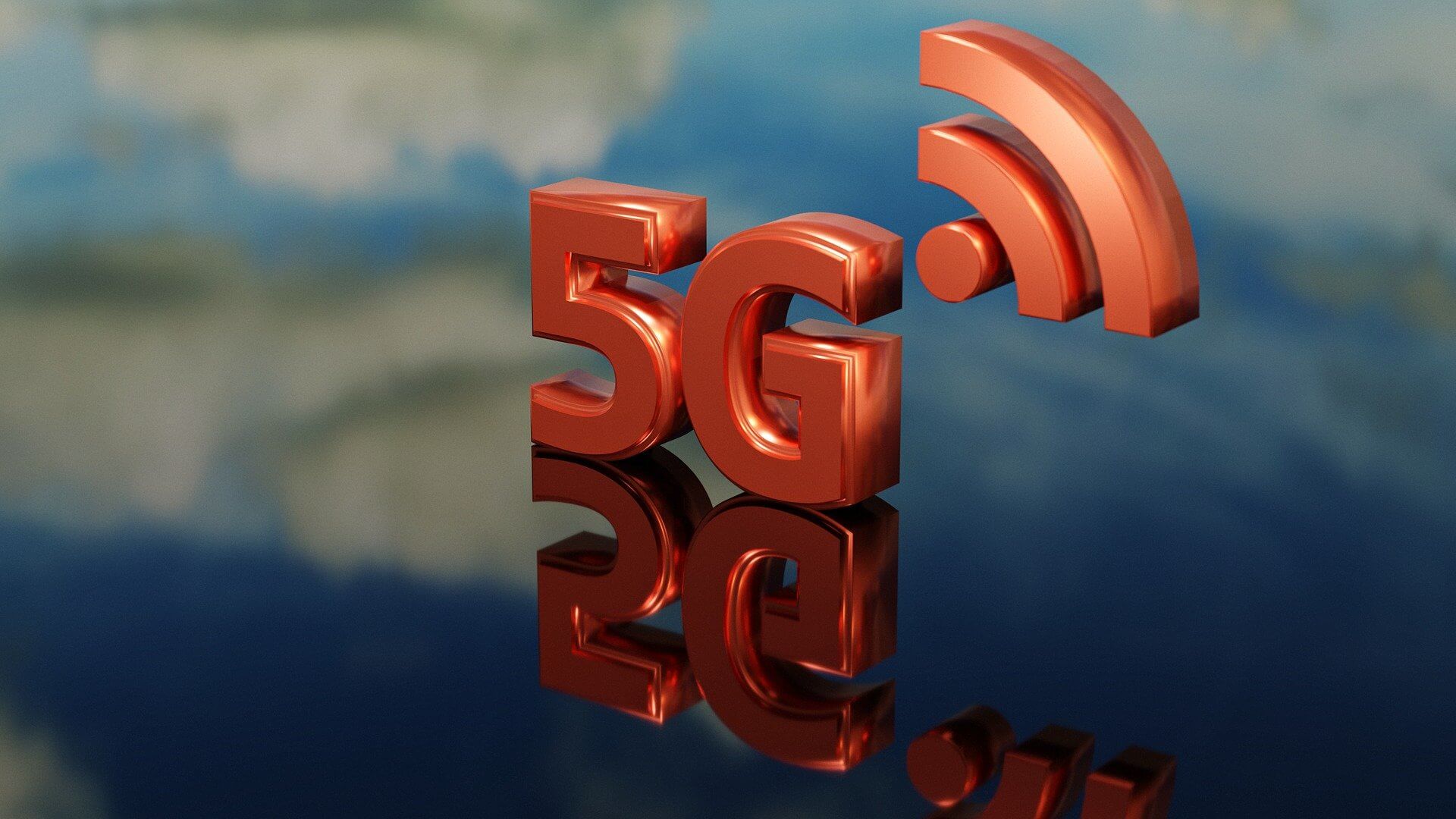The introduction of 5G greatly improved mobile bandwidth and latency, bringing the potential of new business opportunities within live events, remote healthcare, live shopping, and IoT solutions, among others.
The fifth generation mobile network brings speed and stability
The launch of 4G made live streaming on cellular networks possible. 5G further increases the bandwidth of mobile and wireless devices (roughly 10X compared to 4G) and yields a reduction in latency. Decreasing the latency plays an especially important role in last-mile stability. 5G further offers network slicing, meaning a network can be divided up, and each slice can serve as an independent network, receiving a guaranteed allocation of network capacity. By this, each network can be optimized for its specific purpose. In addition, 5G capacitates more concurrent viewers at the same location.
These advantages are especially important for live video, relying heavily on the ability to handle and rapidly deliver the large volume of data files that videos consist of.
As live streaming video is on the rise, with verticals spanning a range of different industries, the total market is estimated at a compound annual growth rate of around 25% between 2022 and 2026.
IoT at production factories and remote manufacturing
5G presents possibilities to create next-generation smart factories and boost automated production and monitoring processes to a greater extent than before. All in all, lowering maintenance margins through technology is a way of remaining competitive. Manufacturing that has previously been solely relying on fixed-line networks now has the possibility to replace these by incorporating 5G mobile connections, allowing for greater flexibility as it delivers lower latency and higher bandwidth. As a result, video-based remote inspections of factories are facilitated to a greater extent than before, enabling further automation in the field.
Video-based medical services
Medical services, including diagnostics and remote surgery, are areas where 5G unlocks significant possibilities. Remote care has already gone through a digital transformation. Especially remote diagnostics, primarily based on telecommunications, so-called telehealth, have been expanding steadily during the last couple of years – the pandemic spurred mass adoption of the service as examination, advising, and care of patients using live video is done with ease, even on long-distance. The ability to enhance the quality of life of sick people through 5G-based video solutions will lead to continuous adoption and further tech investments in the field of healthcare.
E-commerce and live shopping
5G in retail contributes to smoother and more seamless live shopping experiences, as it allows for higher video qualities at lower latencies, reducing lag and optimizing for more concurrent viewers. 5G enables consumers to watch and shop synchronically. At the same time, the improved mobile connections of 5G allow for closer contact between shoppers and brands and facilitate the possibility of more personalized advice. As brands replicate the in-store experience while enabling more flexibility for consumers to join in on the go, the quality of the services is vastly increased. The rise of 5G spurred further growth of live shopping and future predictions estimate additional market expansion, globally.
5G in live streaming – higher video qualities remain an issue
Undeniably, 5G yields result for interactive streaming formats such as live events, hybrid events, live shopping, remote factoring, and telehealth. The advantages of 5G have gained traction, however, live streaming content in 4K to a broad range of concurrent viewers remains challenging. Rural access is continuously limited, and future video qualities approaching 8K will move beyond 5G’s capacity. Since its introduction, the wireless streaming experience has progressed, but live streaming high-quality content at real-time glass-to-glass latency with full stability is still not possible on realistic networks.
In any use case where ultra-low latency, synchronized playout, and high-quality video is of the absolute essence, Vindral LiveCloud delivers full stability, supporting video qualities up to 4K.


